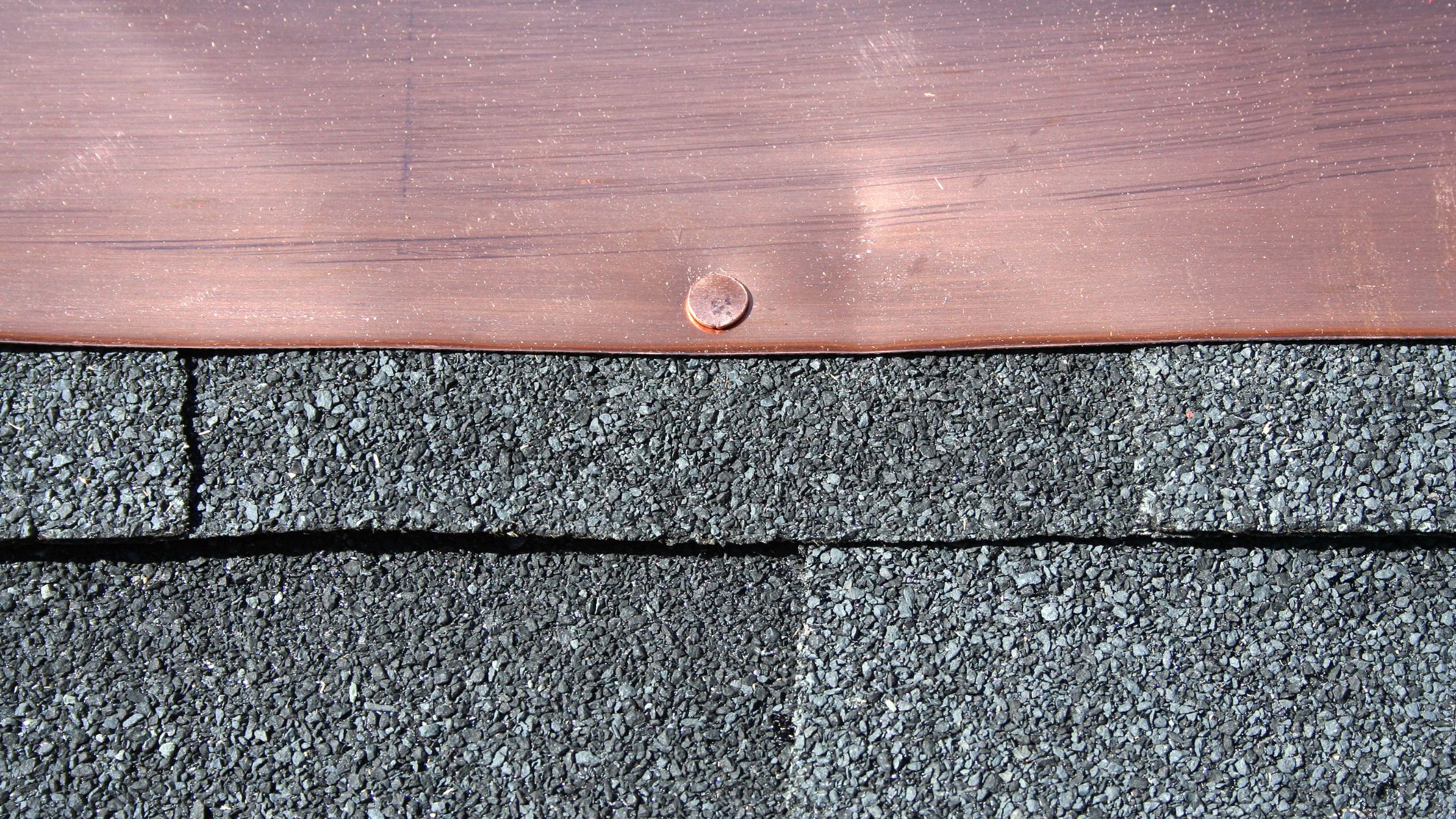Roof Flashing: What it Is and Why It’s Vital for Repairs

When it comes to keeping your home safe and dry, your roof plays a crucial role. However, it’s not just the shingles and underlayment that keep the elements at bay. Roof flashing is an often-overlooked but vital component of your roofing system. In this blog post, we’ll dive into what roof flashing is, why it’s essential for repairs, and how it can protect your home.
What is Roof Flashing?
Roof flashing is a thin, weather-resistant material installed at various points on your roof to prevent water from seeping into vulnerable areas. Its primary purpose is to create a water-resistant barrier, directing water away from critical joints, seams, and transitions on your roof. Without proper flashing, these areas can become vulnerable to leaks and water damage.
Flashing can be made from various materials, including:
- Metal Flashing: The most common material used for roof flashing is metal, such as aluminum, copper, or galvanized steel. Metal flashing is highly durable and provides excellent protection against water penetration.
- Rubber or Synthetic Flashing: These materials are often used around skylights, chimneys, and other irregular roof features. They are flexible and can be molded to fit specific shapes.
- Bitumen or Asphalt Flashing: This type of flashing is typically used in low-slope or flat roofing systems. It consists of layers of bitumen or asphalt that are reinforced with a fiberglass or polyester mat.
Roof flashing is strategically placed in areas where water is most likely to penetrate. Here are some common locations where flashing is installed:
Chimneys:
Chimneys are notorious for causing roof leaks if not properly flashed. Flashing is installed around the base of the chimney to create a watertight seal between the chimney and the roof.
Roof Valleys:
Roof valleys are the intersection points where two roof planes meet, forming a V-shape. Flashing is used to guide water away from these valleys to prevent pooling and leaks.
Skylights:
Skylights bring natural light into your home, but they can also be a source of leaks. Flashing is installed around the perimeter of the skylight to prevent water intrusion.
Vent Pipes:
Plumbing vent pipes protrude through the roof and create openings that need to be sealed with flashing. This prevents rainwater from entering your home through the pipe openings.
Wall and Siding Intersections:
Where your roof meets exterior walls or siding, flashing is used to create a seal that prevents water from infiltrating your home.
Why Roof Flashing is Vital for Repairs
Roof flashing is not just an optional add-on to your roofing system; it is a vital component that ensures the long-term integrity of your roof and home. Here are several reasons why roof flashing is essential for repairs:
Leak Prevention:
The primary function of roof flashing is to prevent water from infiltrating your home. Without flashing, areas like chimneys, valleys, and skylights become vulnerable to leaks, leading to costly water damage and repairs.
Prolongs Roof Lifespan:
Properly installed and maintained flashing can extend the lifespan of your roof. By preventing water damage and rot, flashing helps your roof last longer and perform better.
Protects Structural Integrity:
Water infiltration can weaken the structural components of your home, such as rafters and roof decking. Roof flashing helps protect these crucial elements from moisture damage.
Energy Efficiency:
Leaks caused by inadequate flashing can result in energy loss. When water enters your home, it can compromise insulation, making it harder to maintain a comfortable indoor temperature.
Aesthetics:
Aside from its functional benefits, roof flashing can also enhance the appearance of your home. Properly installed flashing provides a neat, finished look to your roof, adding to its overall curb appeal.
Signs of Roof Flashing Problems
To ensure your roof flashing is doing its job effectively, it’s essential to be aware of the signs that may indicate flashing problems. If you notice any of the following issues, it’s time to have your roof inspected and repaired:
Water Stains on Ceilings or Walls:
Water stains on your ceilings or walls are a clear sign of a roof leak. These stains often appear near areas that should be flashed, such as chimneys or skylights.
Deteriorating Sealant:
Inspect the flashing around your chimney, skylights, and vent pipes. If you see cracked or deteriorating sealant, it’s a sign that your flashing may be compromised.
Missing or Damaged Flashing:
Sometimes, flashing can become dislodged or damaged due to severe weather or aging. Missing or damaged flashing should be replaced promptly to prevent further issues.
Roof Shingle Damage:
If your roof shingles around areas with flashing are damaged or missing, it could indicate problems with the underlying flashing.
Roof Leaks During Rain:
If you experience roof leaks during rainy weather, especially in the areas mentioned earlier, it’s a clear indication that your flashing needs attention.
Roof Flashing Maintenance
Regular maintenance is key to ensuring your roof flashing remains effective throughout its lifespan. Here are some essential maintenance tips:
Regular Roof Inspections:
Have your roof inspected by a professional roofing contractor at least once a year, or after severe weather events. They can identify and address any flashing issues before they escalate.
Clean Gutters and Drains:
Clogged gutters and drains can cause water to pool around flashing areas, leading to leaks. Keep these components clean to ensure proper drainage.
Prompt Repairs:
If you notice any signs of flashing problems or roof leaks, don’t delay repairs. Prompt action can prevent extensive damage and costly repairs.
Professional Installation:
Ensure that your roof flashing is installed by experienced roofing professionals. Proper installation is critical for its effectiveness.
Replace Old Flashing:
If your flashing is old and showing signs of wear, consider having it replaced with new, high-quality flashing materials.
Conclusion
Roof flashing may not be the most visible part of your roofing system, but it is undeniably one of the most critical components. Without proper flashing, your home is susceptible to leaks, water damage, and structural issues. By understanding what roof flashing is, why it’s vital for repairs, and how to maintain it, you can ensure that your roof remains a reliable protector of your home for years to come. Don’t overlook the importance of roof flashing—invest in its proper installation and maintenance to safeguard your home from the elements.

In Awe Roofing Limited is an Award-Winning, family owned and operated Vancouver Roofing Contractor with over 17 years of roofing experience. We serve the entire Lower Mainland area, from Whistler to Chilliwack, employing a team of professional staff members. Our team has won numerous awards including Best of Homestars for the last five years, and Three Best Rated six years in a row. Learn more






















